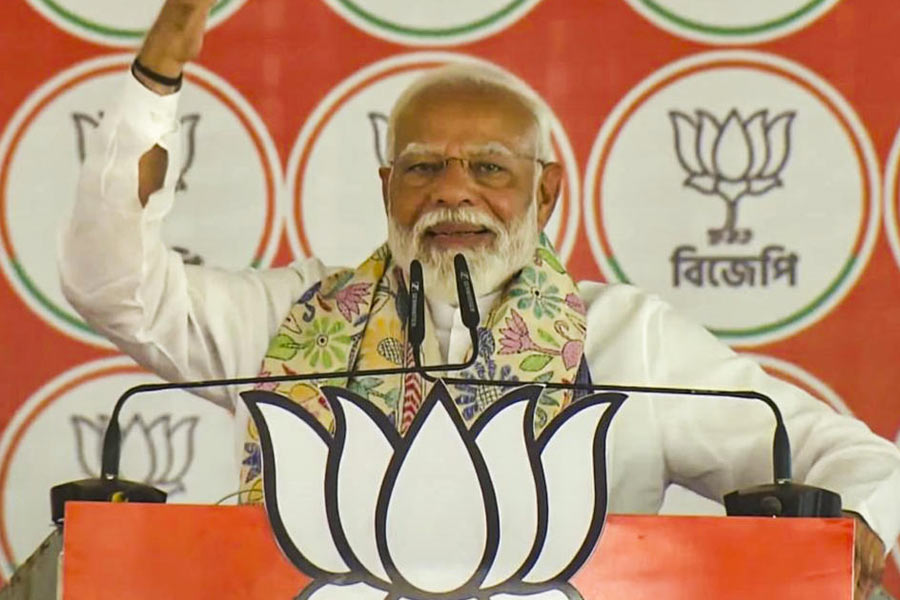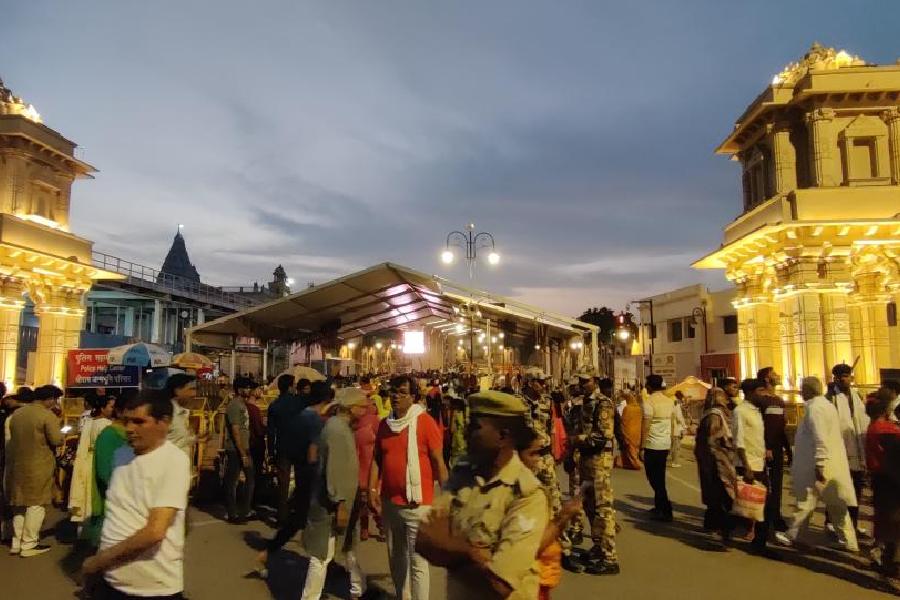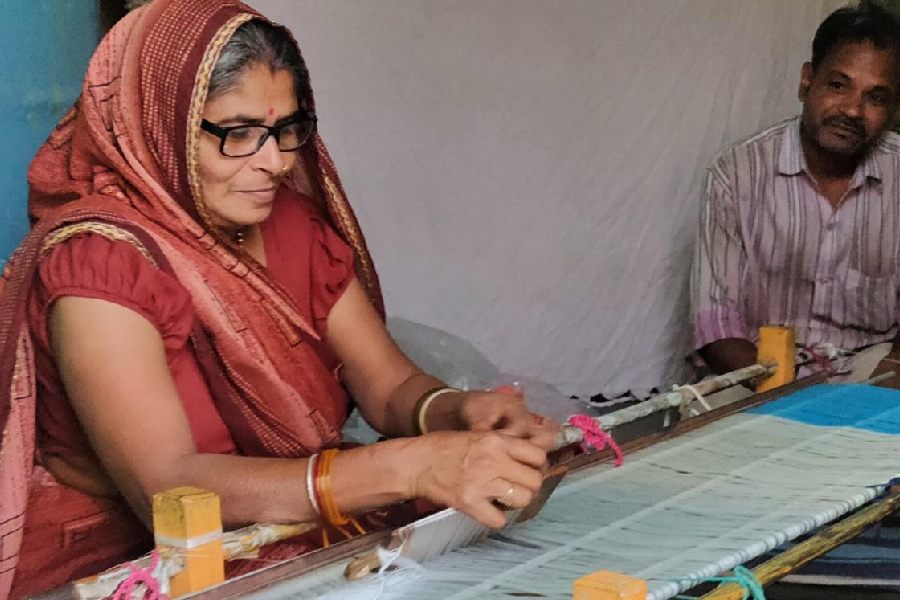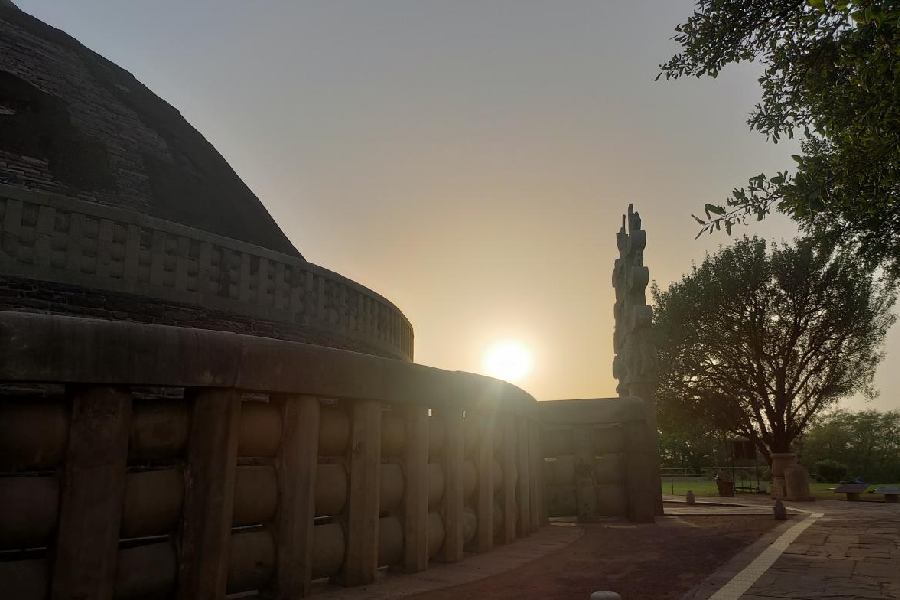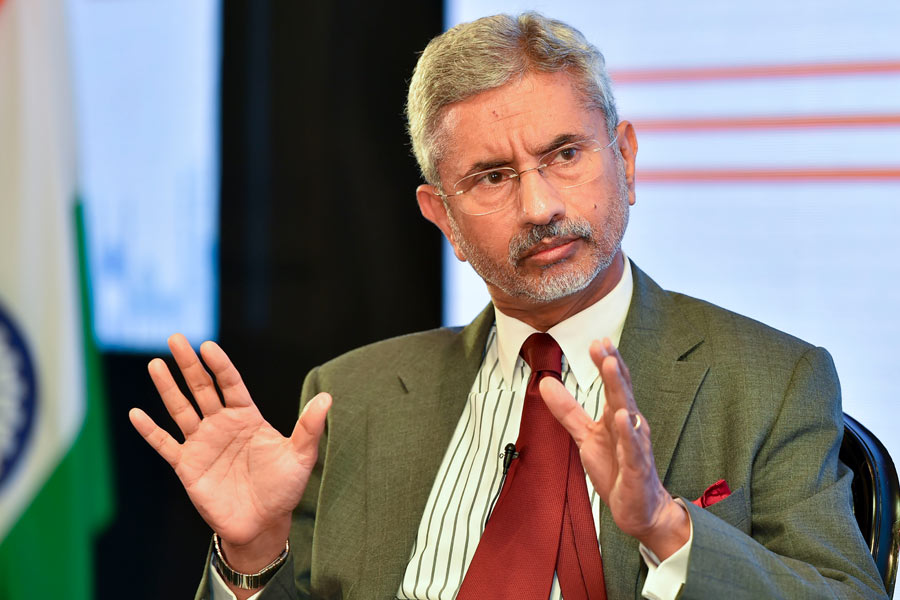October 2, 2022 is still a long time away. Anything may happen in the four months and more between now and that date in India — politically, epidemiologically, seismically and, of course, to individual destinies, requiring plans to be modified, changed, even dropped.
Gandhi has a telling Hindi quotation of unknown origin in his autobiography: “khabar nahin jab agle pal ki, samajh mana ko jane kal ki (When the coming moment we cannot know, Who can tell how it will be tomorrow).”
And, yet, Prashant Kishor has said, with calendar-pivoted confidence, that on this coming Gandhi Jayanti he is going to commence a 3,000-kilometre-long padayatra from Champaran in Bihar, the site of Gandhi’s first satyagraha in India. Kishor has said his padayatra, starting from Champaran, will cover “most of Bihar” and will be for the “uplift of Bihar”.
May the plan go well for him, for Bihar. And for India.
I say this for a set of inter-connected reasons — historical, political, social and, in today’s India, existential.
But before I proceed, let me clarify that I cannot claim to know Prashant Kishor. I have met him but once, over a year ago, when he did me the courtesy of a call in our home in Chennai. He came alone and left unescorted, I think in an auto or Uber, after an hour’s talk in a mix of homely Hindi and very practical, expressive English. I could see that he knew what self-reliance means. Those were times when Covid-19 was a real, active and forbidding presence. He kept his face-mask on throughout the conversation, declining even the simple offer of tea or ‘Chennai filter coffee’. I could see that Prashant Kishor knew, along with self-reliance, what caution means.
That was just before the elections to the assemblies of West Bengal and Tamil Nadu. Knowing his advisory role in those tense days of electioneering, I naturally asked him how he saw the coming results. His prognoses turned out to be surprisingly accurate. But he did not make these predictions with any cocksureness. He also said that there is still a margin of unpredictability about voter mood on the day of the voting and should something — anything unforeseeable — transpire changing the mood, even a small swing across the board in all the constituencies, the winner would win by a landslide and the loser get buried in a last-minute defeat.
What was most significant about the conversation was his saying, in response, I think, to a question from me on his long-term plans, that politics and elections have occupied him in recent years but his heart is not lodged there and that what he really wants to do is be with the people, specifically with the people of Bihar, to get to know their problems first hand and then think of how those can be addressed through a ‘peoples’ initiative’. I found this pleasantly surprising for it reflected a readiness to move out of the six-lane highway to political power and move, literally, into a carttrack — an act in self-denial that is altogether rare now.
Needless to say, I mentioned to him the example of Jayaprakash Narayan, something to which he, as a Bihari, responded at once with umbilical affinity.
And so when he announced his plan for a padayatra in Bihar and the concept of ‘Jan Suraj’, I was not surprised. This may have struck most people as a U-turn and a shock-move. To me it was not so, for he had shared with me his then still formative plans.
Prashant Kishor’s specialisation has been creating a path to the red-carpeted grand stairway to the Throne Rooms of power. But the Bihar Jan Suraj plan of his will lead to no such grandiose thing. It will, instead, lead to a wilderness of dire aspirations, a desert of disappointments, sore grievances and heated complaints. And it will also be one of arguments, fiery words from those who feel threatened by Kishor. He will be asked to say what exactly he means by ‘Jan Suraj’, exactly as JP was asked to define ‘Purna Kranti’.
Given his experience with masses of voters, he is bound to have planned his responses, including practical steps on how to deal with the load of written petitions he will receive, including hate mail. Prashant Kishor has indicated that he will draw inspiration from the Gandhi of Champaran. This is logical and apposite. But he will need to know the difference between the Bihar Gandhi encountered in 1917 and now.
1. A motivated nucleus for Gandhi’s work already existed in Champaran when he went there — by invitation, not of his own accord. And when he took up his ‘enquiry’, he was assisted by two highly able lawyers from Patna — Babu Braj Kishore Prasad and Babu Rajendra Prasad. He was ploughing a new but not a lonely furrow. 2. He took care from the very start to keep the raj’s officials — governor down to the district officers — fully in the picture, thereby ensuring their engagement as sceptics at first, then as neutrals, and later as admirers in varying degrees. Fighting an iniquity on the ground, and the Indigo planters specifically, he took care to not make the bureaucracy his enemy. 3. He brought no national political agenda to Champaran where his aim, the ending of tinkathia, was specific, clear and a sharply-defined end in itself.
All this helped Gandhi’s work. Kishor has started on his plan of his own accord. He has to generate his own momentum, motivate others around him. He has a general goal — ‘Bihar’s uplift’ and Jan Suraj — not a short-form agenda. The government of the day will be sceptical about his intentions and politicians opposed to the government of Bihar may prefer to watch him before they decide to support or not his padayatra. These circumstances will not make his task easy.
To the extent that JP too is, for him, a role model, he may wish to bear in mind that JP had a clear and popular plank: anti-corruption. It touched a chord instantly with the people of Bihar. The Loknayak was literally that during his movement.
As a man of self-reliance, of caution, and of great pragmatism, Prashant Kishor will need to give Jan Suraj and ‘Bihar’s uplift’ an easily recognisable definition and shape. He will need to find his Braj Kishore Babu and Rajendra Babu. And he will do well to be mindful of the fact that Bihar’s leaders, Lalu Prasadji and Chief Minister Nitish Kumar, were both JP’s lieutenants once and carry in their DNAs something of the Loknayak’s unique legacy .
When we do not know the shape of the ‘coming moment’ much less, the morrow, a kindly star will have to twinkle on Prashant Kishor’s padayatra for him to show Bihar and India the path to a higher politics I will leave this column with a final thought for him: neither Gandhi nor JP had to contend, during their sayagrahas in Bihar, with the social polarisation that we see on the ground today. Prashant Kishor may be adding to his difficulties if he makes pluralism and secularism one of his cardinal goals in ‘Bihar’s uplift’ but he will be doing something both Gandhi and JP would bless him for.


